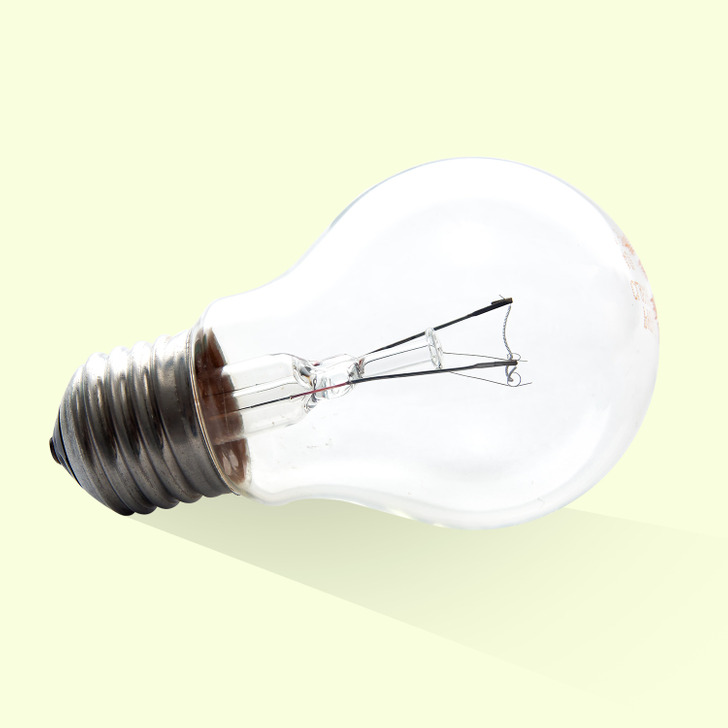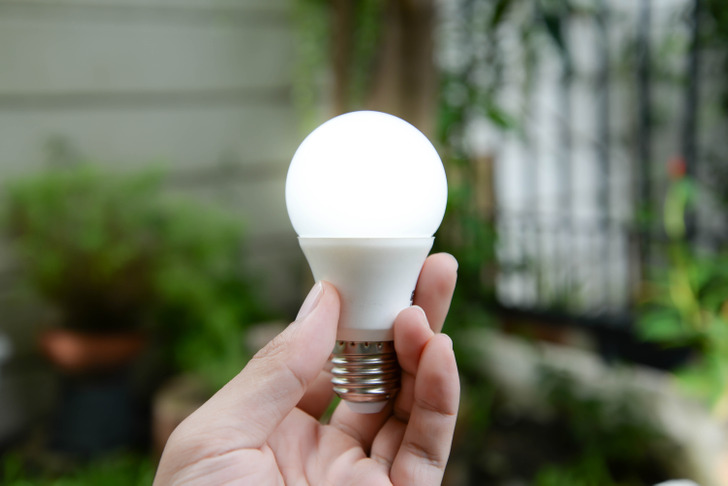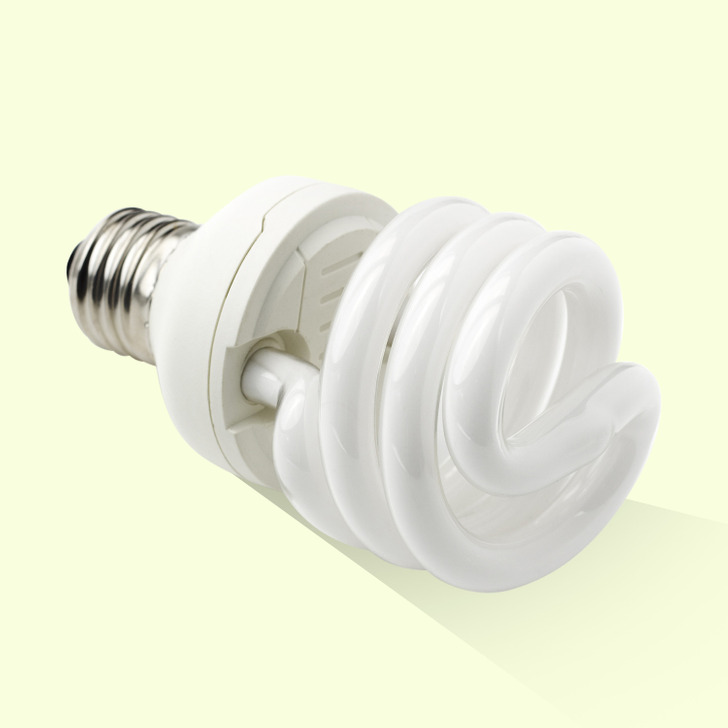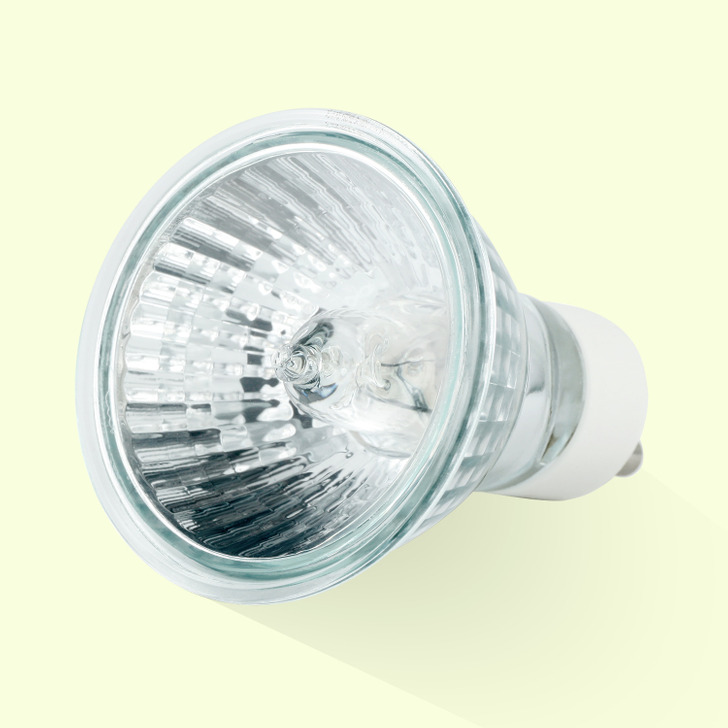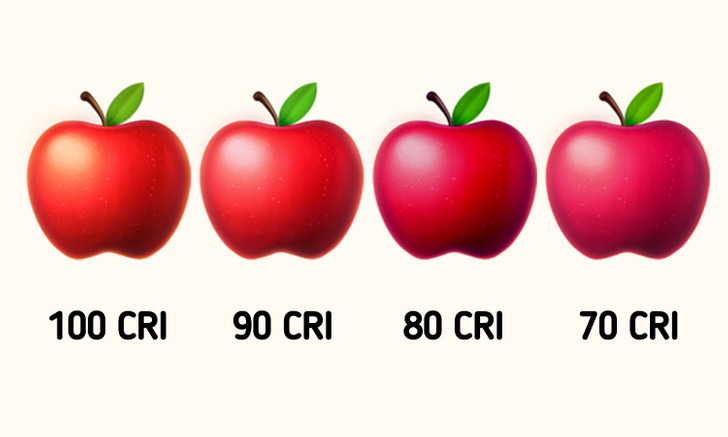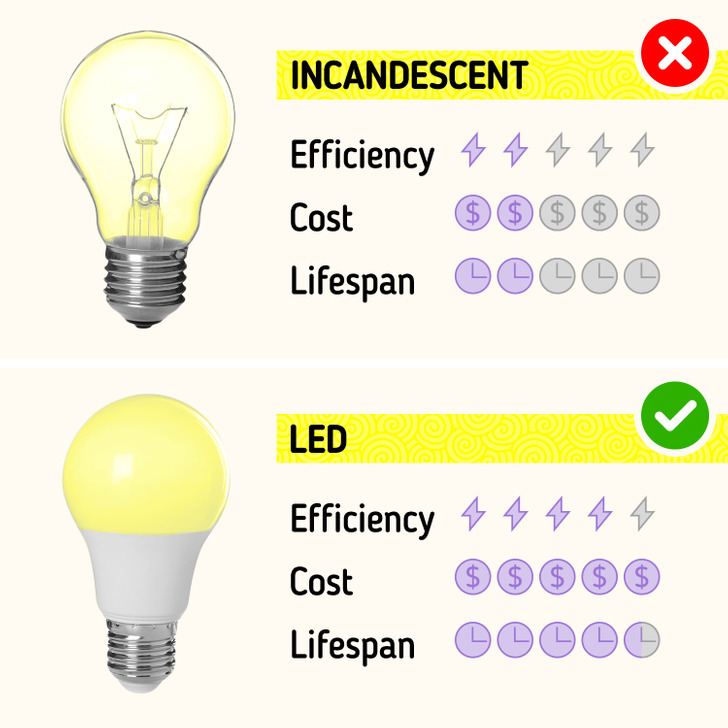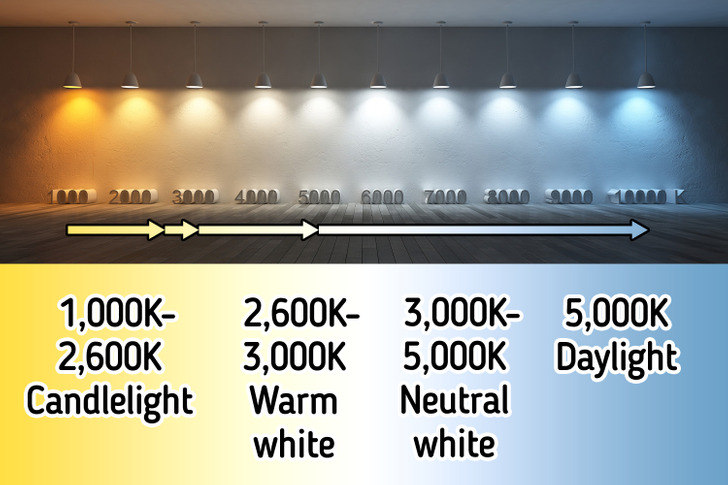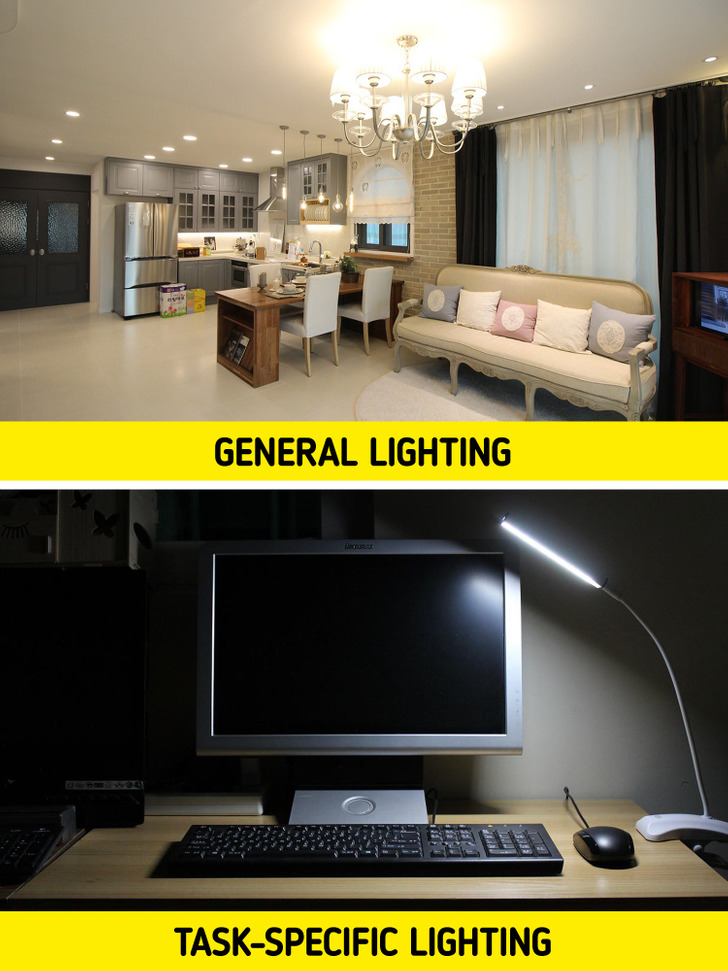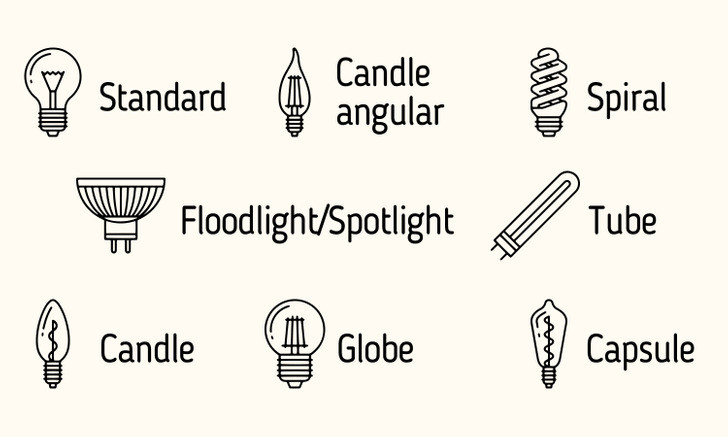What Types of Light Bulbs There Are, and How to Choose the Right Ones
Lights are used every day, and every piece serves a purpose, depending on the needs of your building. This is why there are varieties of bulbs with varied functions. They can also be used in a chandelier or pendant to enhance the ambiance of a room. If you’re confused about choosing the correct bulbs for your facility needs, let 5-Minute Crafts light the way — pun definitely intended.
Types
1. Incandescent
These are the most common and cheap bulbs available on the market. They give away a warm light and can be equipped with dimmers. They usually last for at least a year and are not as efficient as their countertypes. 90% of the energy they consume is transformed into heat, which adds to your electricity bill and global warming. Incandescent bulbs are also called Edison bulbs.
2. Light-emitting diodes or LEDs
LEDs are one of the most energy-efficient yet expensive bulbs, as they give away no heat, have no mercury, and deliver bright light. They tend to emit directional light, which makes them ideal for task lighting. Integrated LED is where LED lights come built-in in certain light fixtures. These bulbs are long-lasting at around 50,000 hours and are ideal for hard-to-reach spots.
3. Compact fluorescent or CFLs
These bulbs look like spiral tubes, they’re energy-efficient, and they’re available in many colors on the basis of the model you choose. They take a while to warm up and deliver bright light. CFLs are ideal for lighting up huge spaces, like basements, kitchens, etc.
They’re less costly than LEDs and last longer than incandescent lights. They bear mercury, so proper handling is advised, but once they burn out, you can recycle them.
4. Halogen
Halogen bulbs are energy efficient and can easily be dimmed. They tend to emit a white light that may look like high-noon daylight. They’re ideal for pendant lights, recessed lighting, and under-cabinet lighting. Halogen bulbs also have the shortest lifespan.
They tend to warm up quickly, so you may need to keep them away from fire-hazardous things. They’re similar to incandescent lights but use less energy and don’t bear mercury.
- It is highly recommended to use gloves when it comes to changing halogen bulbs because the oil present on your hands may cause the bulb to explode if it’s too hot.
Tips for choosing the right bulb
1. Choose lumens over watts.
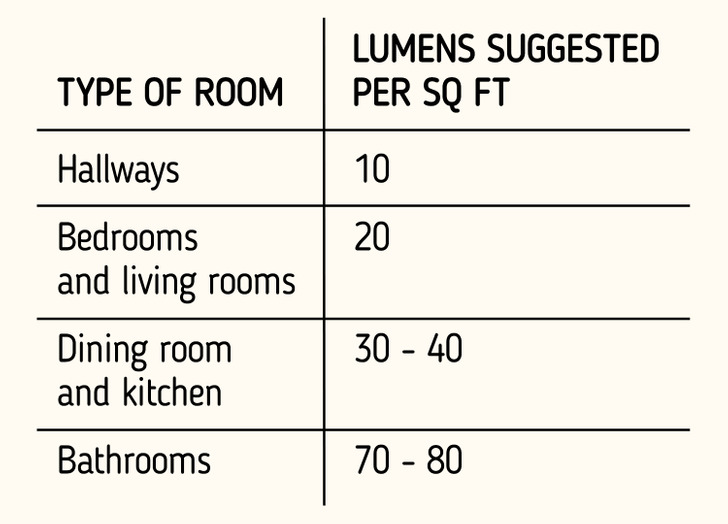
Watts denote the amount of energy a bulb uses. The more wattage a bulb has, the more power it consumes to produce light. And for producing brighter light, you also need higher wattage.
Lumens denote the amount of light being radiated or the brightness of the lightbulb. Just like watts, the more lumens there are, the brighter the light will be.
- To calculate how many lumens you require, find the square footage of the area you’re wanting the light to be equipped in. This can be done by multiplying the length of the room by the width.
When buying incandescent bulbs, they use more wattage to produce light, meaning more energy consumption. But with modern bulbs like LEDs, use more lumens to produce more light with less energy consumption.
For example, a 60W incandescent bulb may emit around 700 lumens of light. However, an LED bulb emits the same amount of light and consumes only 10W.
2. CRI or color rendering index
The color rendering index of a bulb refers to the true representation of an object’s color under the light coming from the bulb. Incandescent lights bear 100 CRI, fluorescents bear 50-95 CRI, and LEDs bear 80-98 CRI. It is essential to choose a bulb with a high CRI if you’re into photography or content creation.
3. Cost
Incandescent bulbs are the cheapest of all the bulbs and last for at least a year. On the other hand, LED bulbs are more expensive than other bulb types but last around 5-10 years. Also, LEDs help a lot in energy savings and produce a lot of light as well. So it makes sense to invest more in LED light bulbs after all.
4. Color temperature
The color temperature of a bulb denotes the amount of hue a bulb can emit, meaning the light can be warm or cool. The color temperature is measured in Kelvin. Here are a few you can choose from based on what is ideal for your space.
- Candlelight (1,000K-2,600K): Gives a soft glow, used for ambient lighting. It’s also used for table and floor lamps.
- Warm white (2,600K-3,000K): This is the color of the incandescent bulb, ideal for bedrooms, living rooms, and dining rooms. It’s also used for wall lights and ceiling lights.
- Neutral white (3,000K-5,000K): This gives off a bright light, ideal for task lighting, particularly in your home office, kitchen, and bathroom.
- Daylight (5,000K): Gives away light similar to daylight. Ideal for study areas, security lighting, etc.
5. General lighting or specific task lighting
In order to achieve ambient lighting in a room, a single large source of light is placed in the center of the room. Task-specific lighting can also be installed apart from general lighting. For instance, you can have a general light in the kitchen, but installing a small light over the countertops can sometimes be really handy. You can also install task-specific lights in your study, bathroom, office desk, etc.
